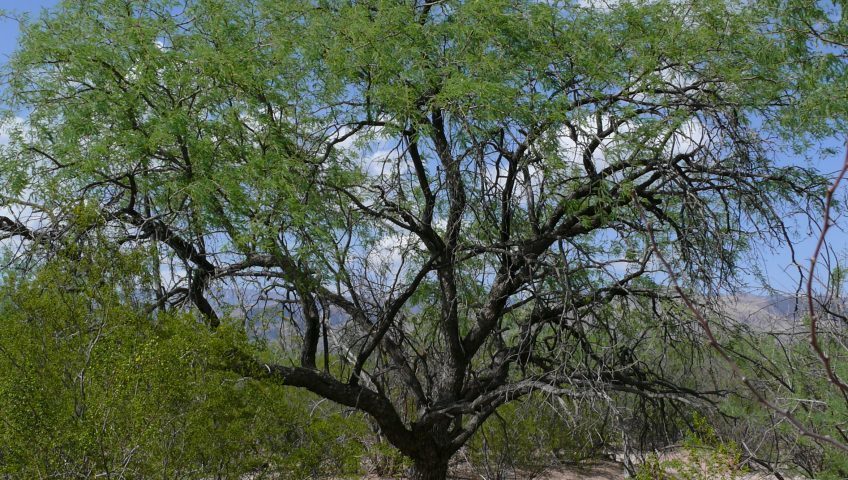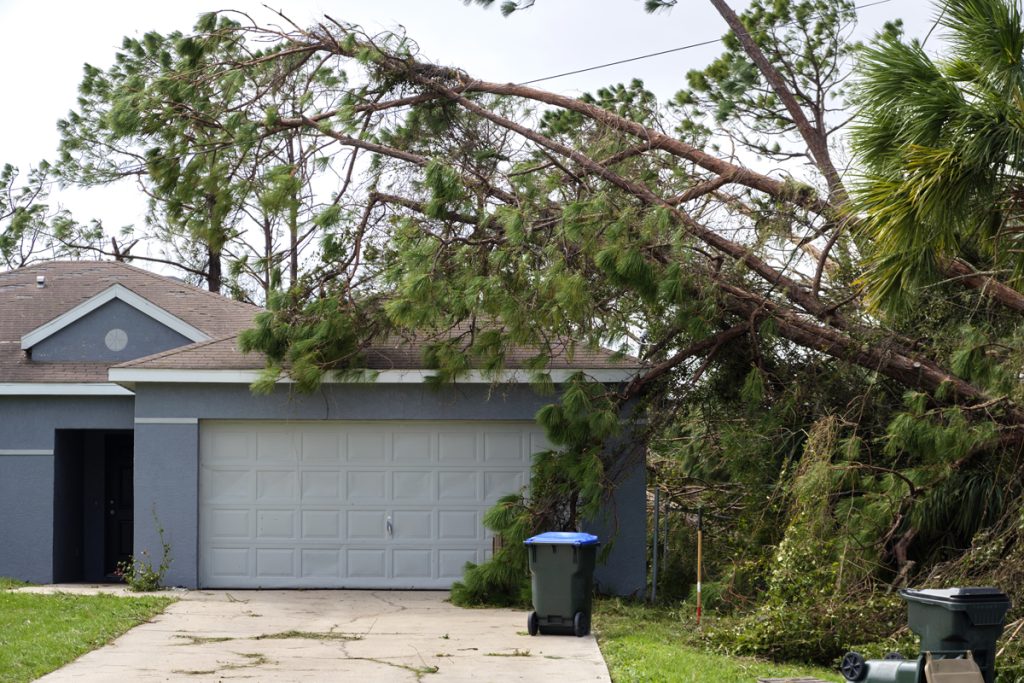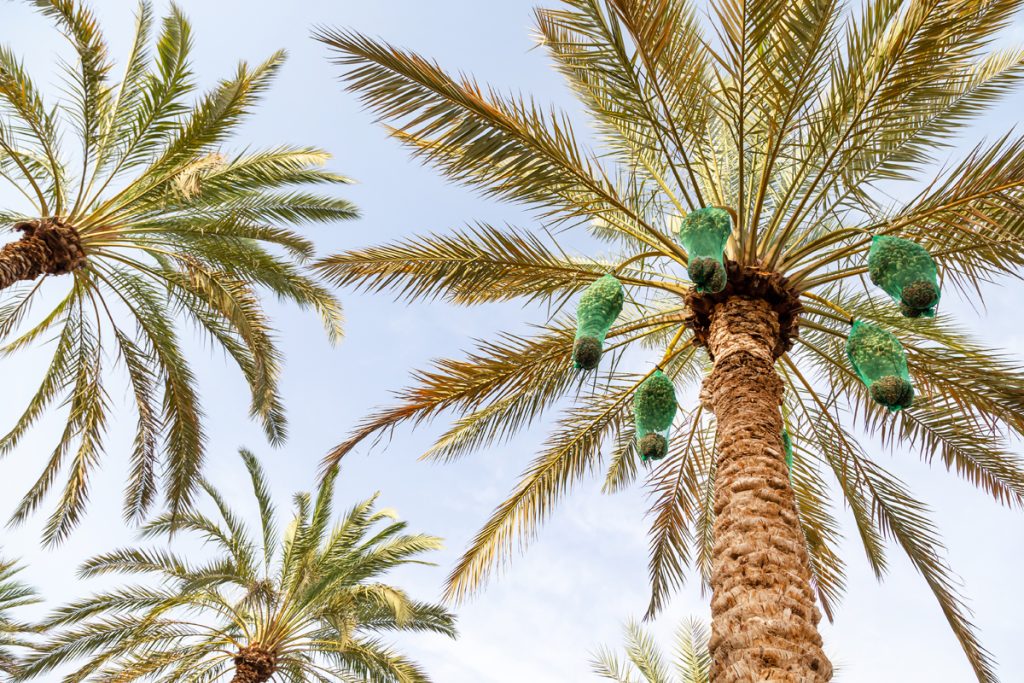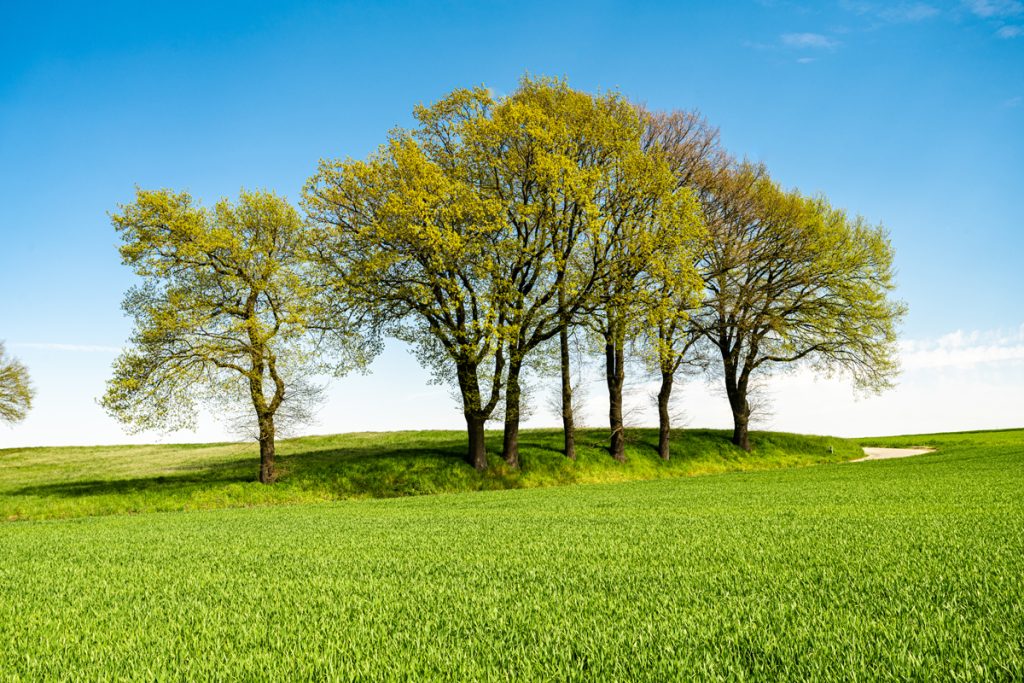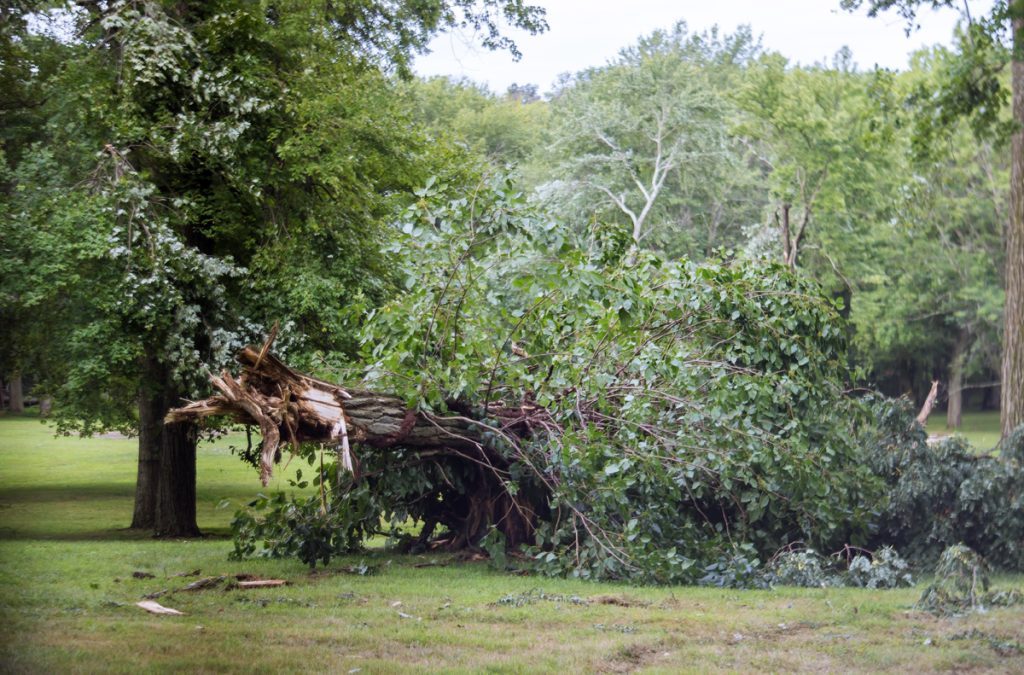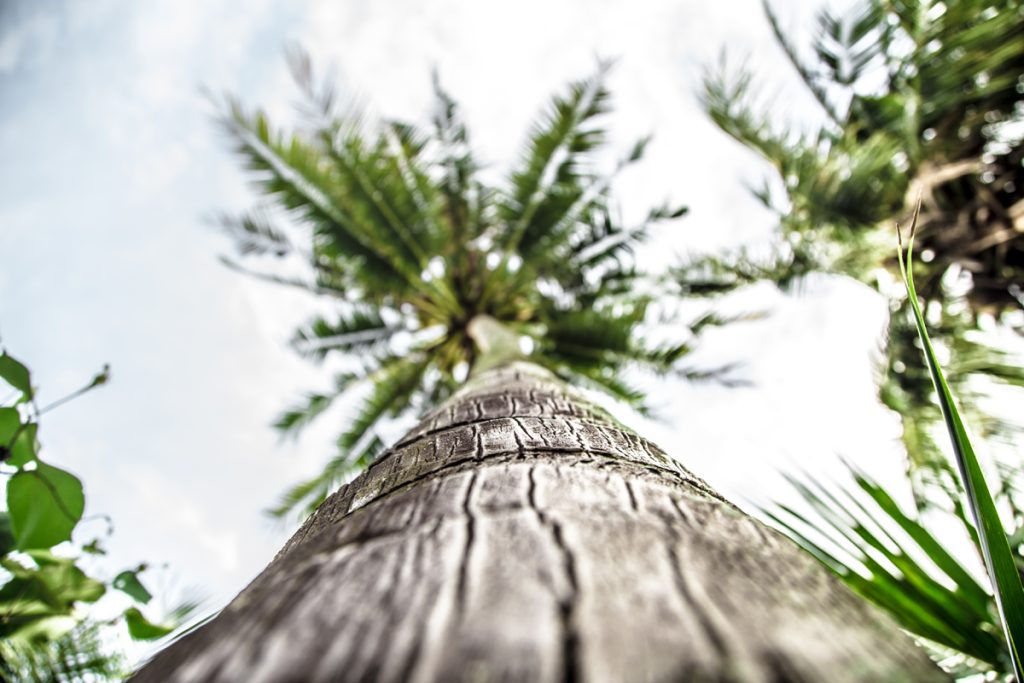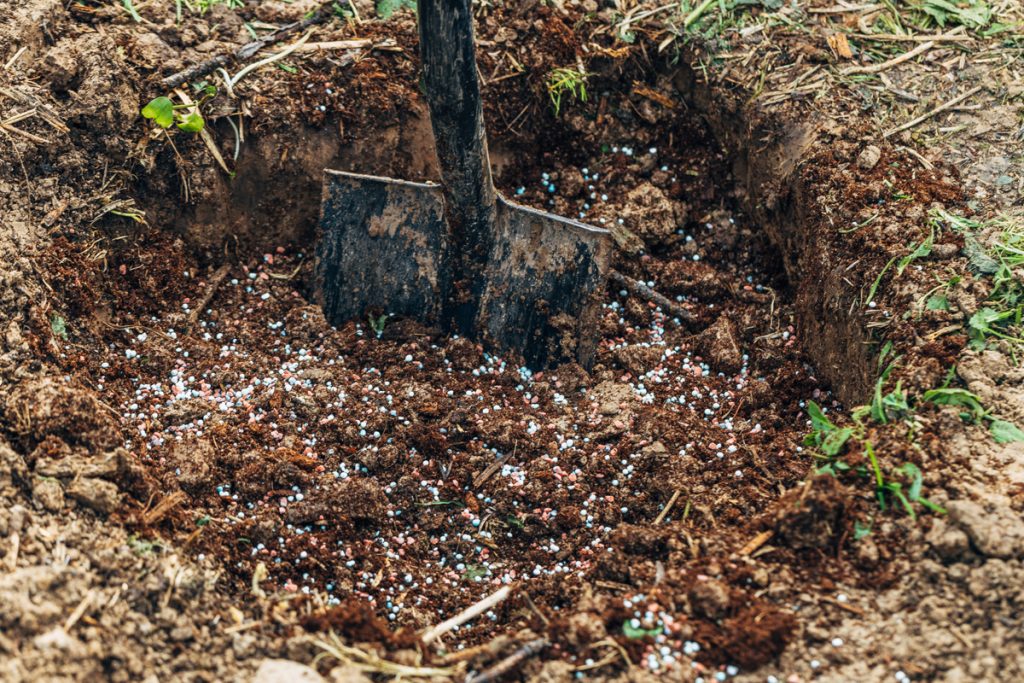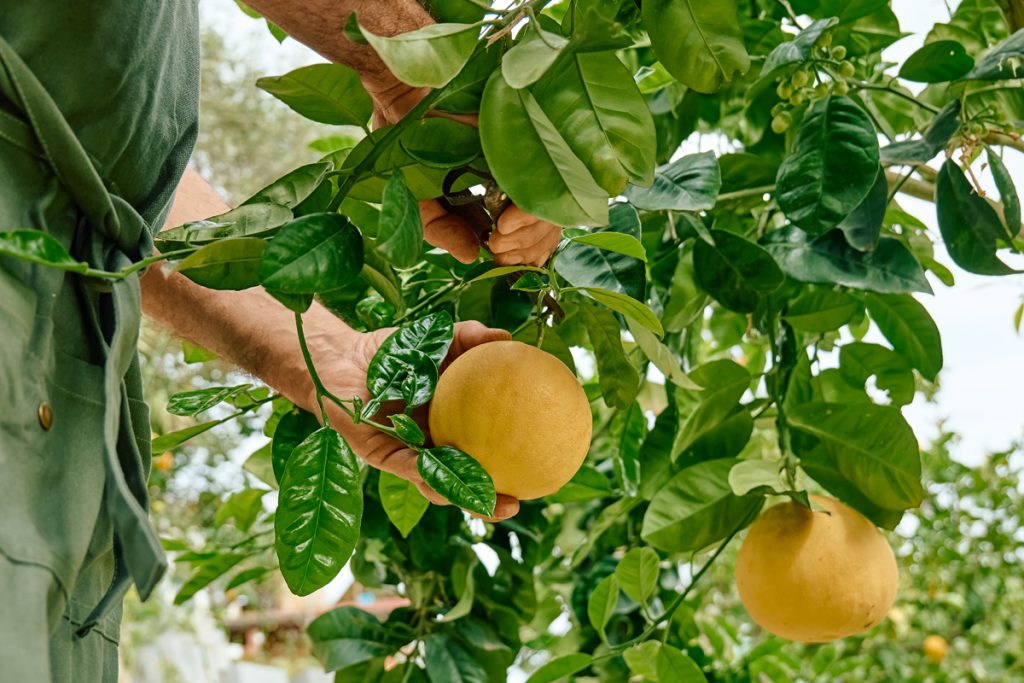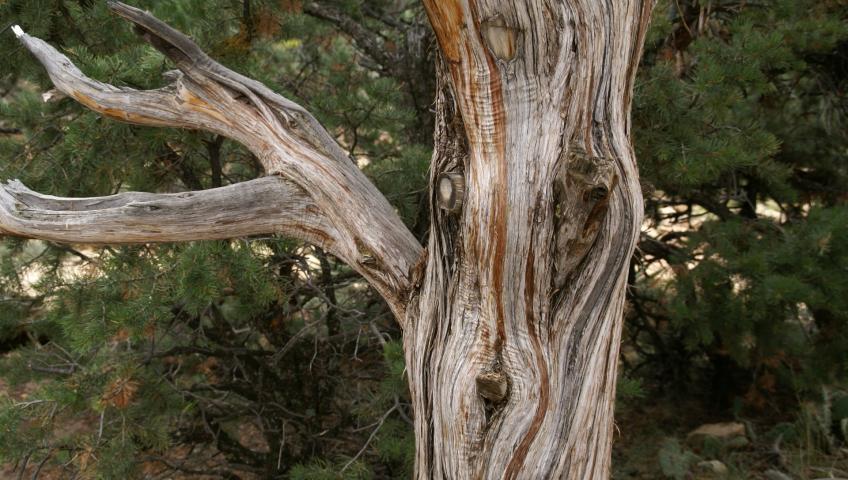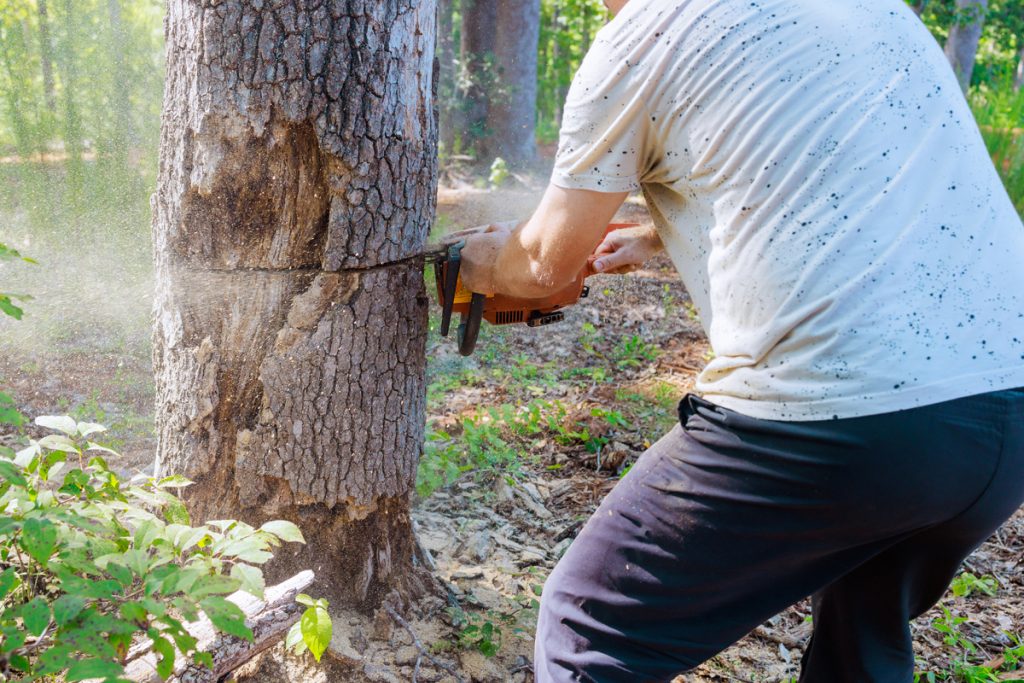BLOG
OVER 30 YEARS OF COMBINED EXPERIENCE!
WE ARE LIBERTY TREE EXPERTS
- All
- Arborist News
- AZ
- Cactus Removal
- Cutting Down A Tree
- mesquite trees
- Palm Tree Removal
- Palm Tree Skinning
- Palm Tree Trimming
- Stump Grinding
- Tree Care
- Tree Pruning
- Tree Removal
- Tree Removal Costs
- Tree Service
- Tree Trimming
- Trees In Arizona
- Why Tree Assessments Matter in Phoenix: What Homeowners Need to Know
Growing Mesquite Trees in Phoenix, AZ
Mesquite trees are tough, can handle dry weather, and look great in the desert. When planted and cared for properly, they make a great addition to Phoenix yards. Mesquites are a sensible choice for homes all throughout the Valley, whether they want a tree that provides reliable shade, needs little water, or is native to … Continue reading Growing Mesquite Trees in Phoenix, AZ
Why Tree Assessments Matter in Phoenix: What Homeowners Need to Know
Trees are much treasured in the Phoenix Valley. In part because the desert climate can be harsh on them but also because they help keep properties greener, cooler and more inviting. So it makes sense to plan a tree assessment by a certified arborist. Not only does it ensure you are ahead of the game on … Continue reading Why Tree Assessments Matter in Phoenix: What Homeowners Need to Know
Palm Tree Trimming Prices
On average palm tree trimming costs about $637.50 for the US. Palm trees that are as high as 30ft will usually cost around $75 to $400. To have a medium palm tree trimmed it generally costs in the range of $130 to $800, and palms that are as high as 60ft and taller, will normally cost … Continue reading Palm Tree Trimming Prices
25 Inspirational Tree Quotes
Poet Kahlil Gibran once said, “Trees are poems that the earth writes upon the sky.” Let’s take a look at even more inspirational tree quotes below. Inspirational Tree Quotes And Sayings 1. “Even if something is left undone, everyone must take time to sit still and watch the leaves turn.” – Elizabeth Lawrence 2. “For … Continue reading 25 Inspirational Tree Quotes
The Advantages of Liberty Tree Experts & Our Trimming Services in Phoenix, AZ
Hey Phoenix neighbors! If you’ve ever looked up at your trees and thought, “They’re big, they’re beautiful, but maybe they’re a little… out of control,” you’re not alone. At Liberty Tree Experts, we know trees add character, shade, and life to your property, but they also need care, trimming, and the right expertise to thrive … Continue reading The Advantages of Liberty Tree Experts & Our Trimming Services in Phoenix, AZ
How To Trim A Palm Tree Trunk
Use the DIY steps below to properly trim a palm tree trunk. When Should You Trim A Palm Tree Trunk? Tree professionals will recommend trimming a palm tree trunk during the springtime. However, there are a few clear indications that a trimming is called for sooner rather than later. If you notice any dead fronds, … Continue reading How To Trim A Palm Tree Trunk
Deep Root Fertilization Cost
On average, deep root fertilization will cost between $100-$350 per tree in the U.S. Homeowners can expect a typical cost of $225 per tree when choosing this service. How Does Deep Root Fertilization Work? It’s no secret deep root fertilization is aimed to help your trees thrive in Arizona. With a blend of essential nutrients, … Continue reading Deep Root Fertilization Cost
When To Prune Citrus Trees in Arizona
In Arizona, the best time to prune citrus trees is typically in late February to early March, just before new spring growth begins—after the last chance of frost has passed, but before the weather gets too hot. 🌳 Recommended Citrus Pruning Window: Late February to Early March This avoids frost damage and gives trees time … Continue reading When To Prune Citrus Trees in Arizona
Palm Tree Trimming and Removal in Phoenix, AZ
Here’s a detailed guide on Palm Tree Trimming and Removal in Phoenix, AZ to help you keep your palms healthy or remove them safely: 🌴 Palm Tree Trimming in Phoenix, AZ Why Trim Palm Trees? Removes dead or dying fronds that can fall and cause injury or damage. Improves the tree’s appearance and health. Helps … Continue reading Palm Tree Trimming and Removal in Phoenix, AZ
Mesquite Tree Thorns
Mesquite tree thorns are a defining and sometimes problematic feature of this desert-native tree—especially in Arizona landscapes. Whether you’re planting, trimming, or maintaining mesquites, it’s important to understand the types, risks, and how to manage them effectively. 🌳 Overview of Mesquite Trees and Their Thorns 🔎 Common Arizona Mesquite Types Type Thorny? Notes Velvet Mesquite … Continue reading Mesquite Tree Thorns
Don’t Do This When Cutting Down A Tree
When cutting down a tree, safety and technique are everything. Many accidents happen because of simple mistakes. Here’s a list of things you absolutely should NOT do when felling a tree: 🚫 DON’T Do These When Cutting Down a Tree 1. ❌ Don’t Skip Safety Gear ALWAYS wear a helmet, eye protection, ear protection, gloves, … Continue reading Don’t Do This When Cutting Down A Tree
Mesquite Tree Trimming Costs 2025
In Arizona, the cost of trimming a mesquite tree in 2025 varies based on factors like tree size, condition, and location. Here’s a breakdown to guide your budgeting: 💰 Estimated Mesquite Tree Trimming Costs in Arizona (2025) Small Trees (under 15 feet): $100 – $240 Medium Trees (15–25 feet): $275 – $475 Large Trees (25+ … Continue reading Mesquite Tree Trimming Costs 2025

